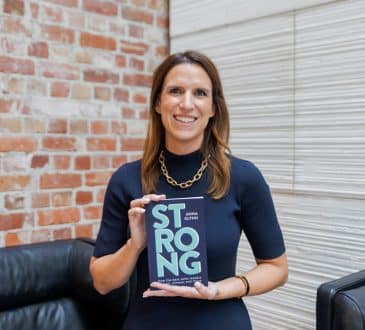5 Things COVID-19 Did To Higher Education

The year 2020 was something else. None of us were prepared for such an unprecedented pandemic as that of COVID-19. Suddenly, the entire world came to a standstill, and we weren’t sure how things will work out. Countries experienced economic shutdown, reduced or nil outdoor socialization in the form of social distancing, shortage of medical supplies, and huge loss of lives. Everything about us and our lives required a way out, and hence, higher education was no exception.
Universities across the globe found themselves in a fix. Coronavirus had challenged the infrastructural capacities of educational institutions which deliberated on the possible alternatives. Education cannot and must not stop, but ways had to be figured out to ensure that the said goal is realized. Hence, they came up with major overhauls that ended up transforming how education had been once delivered.
Here in this article, you will know about those 5 things that COVID-19 did to higher education.
- Taking up courses online
It is not that there were online academic programs. In fact, many universities, especially those in the top tier league, administered long-distance online courses. However, they weren’t too many in number and did not really reflect on the core academic structure. However, since the pandemic, the new normal has generated different demands. Today, universities and colleges have begun creating online databases of academic programs. In the event of any pandemic in the future, students and instructors will not be left without any guidance. What was once thought to be supplementary has now attained an indispensable place. - More add-ons to online learning software
What a year 2020 was for video communication software such as Zoom and MS Teams! Software like these churned out a handsome sum of money during the pandemic. Even today, when the pandemic has been reined in considerably, the reliance on these platforms remains high. The education system went completely online, and this software began actively experimenting with newer and better features. Within a short period of time, these platforms became more interactive and class-friendly. While they cannot effectively replace the classroom environment completely, they have managed to simulate many features of the same such as whiteboard, share screening, assignment-making, and grading, etc. - Increase emphasis on digital literacy
Of course, it wasn’t easy. Back in 2020, research conducted showed that one out of every ten Americans does not have internet access, and that is the United States of America. The digital divide is shockingly larger in less developed countries. Higher education went online, but not everyone was in a position to access it. Many students across the globe failed to attend classes due to a lack of digital know-how and/or services. Even in the years to come, universities will keep working on back-up plans—but they will have to ensure that they are able to impart digital literacy to their students to build an inclusive environment. - The future of online examination
Yes, one of the most challenging areas was the administration of examinations. Online examinations lack credence because of the limited amount of supervision that can be exercised. But, there is a lot of potential for creators here, and many software have emerged trying to offer an effective environment for conducting online examination without undermining its authenticity. In the times to come there will surely be better alternatives available. It does not seem that online examinations will replace conventional examinations but they will certainly be on stand-by. - The paperwork went online and a much-needed move
The pandemic was a reminder that universities can’t continue with the traditional paperwork system anymore. They will have to ensure that proper and secured online infrastructure containing all important directions are available to the stakeholders. From students’ records to general notification services, everything will have to be stored online as well. The benefits of the same are multi-fold including reduced costs of expenditure, easier navigation through data, and time conservation. Many universities, especially in the developed world, were prepared for such an exigency but those in the less developed world such as Southeast Asia suffered great inconveniences in the first few months of the pandemic. Hence, in the near future, much of the administrative work shall go online—a much-awaited step.
Have you read?
Best Hospitality And Hotel Management Schools In The World For 2021.
Rankings. Best Countries. Best Books. Richest List.
Add CEOWORLD magazine to your Google News feed.
Follow CEOWORLD magazine headlines on: Google News, LinkedIn, Twitter, and Facebook.
This report/news/ranking/statistics has been prepared only for general guidance on matters of interest and does not constitute professional advice. You should not act upon the information contained in this publication without obtaining specific professional advice. No representation or warranty (express or implied) is given as to the accuracy or completeness of the information contained in this publication, and, to the extent permitted by law, CEOWORLD magazine does not accept or assume any liability, responsibility or duty of care for any consequences of you or anyone else acting, or refraining to act, in reliance on the information contained in this publication or for any decision based on it.
Copyright 2024 The CEOWORLD magazine. All rights reserved. This material (and any extract from it) must not be copied, redistributed or placed on any website, without CEOWORLD magazine' prior written consent. For media queries, please contact: info@ceoworld.biz
SUBSCRIBE NEWSLETTER








